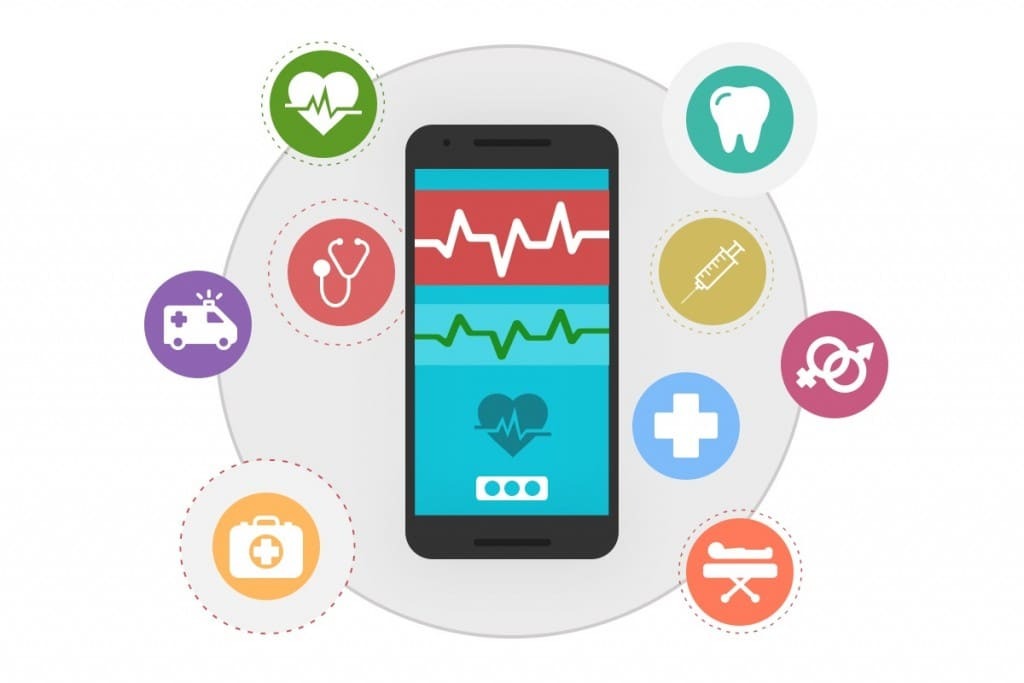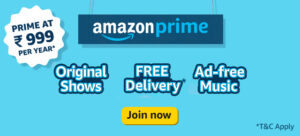Healthcare service providers are increasingly becoming aware of the advantages of going digital in the workplace. From paperless hospital management to telemedicine, a lot is being done to make the digital vision a reality for healthcare services. However, developing a quality mobile health app that looks good, works well and offers a sustainable infrastructure is still a significant challenge.
These mHealth apps are designed for smartphones, tablets and now smartwatches as well. The owners of these devices want apps that are quick, dynamic and offer the unrestricted functionality of their choosing, as they need it when they need it. These mobile apps promise to revolutionize healthcare as we know it, reducing time wastage, boosting engagement and satisfying patients and professionals alike.
There are thousands of mobile health applications available on Android and Apple stores, all of them ready for download and use. But how can healthcare organizations build sustainable apps that can beat the competition from more than 300,000 other apps?
These apps have to fulfill the expectations of their patients, while also fulfilling the requirements put forth by physicians and other care providers. But while doing so, health apps often forego the most basic of mobile app design considerations.
Research from the IQVIA Institute for Human Data Science shows us that the worldwide global medical mobile app market is saturated with more than 320,000 applications, and new entries are making their mark on the daily basis.
The healthcare app development trends for 2018 indicate technology has now become an inseparable part of the human experience. Usability and speed are more important than anything else. And the added complexity has led to stakeholders leveraging some never-before-seen ideas and experiences from mobile communication technology. Here are just some of the reasons why mobile app development is catching steam; it offers:
- Quick and secure communication between the care provider and client.
- Easier scheduling of appointments.
- Faster diagnosis, as well as education and awareness regarding the medical issue at hand.
- Medical metrics are accessible.
- Guided patient treatment process.
- Better clinical decision-making because of real-time app data.
- More accurate insights into medical issues due to the availability of comprehensive patient details.
- Cost savings for patients.
A well designed mobile medical app can serve the ever-increasing patient population. It can also fulfill the cost-cutting and time-saving needs of today’s overworked healthcare providers and emergency room staff. Not to mention the significant savings to be had in hospital management costs!
What Does It Take to Create and Implement a Great Healthcare App?
Creating a powerful healthcare app requires discipline and commitment. It all starts with a concept that has proven sustainability for the long-term. You will need to hire programmers with the right set of skills, and an innate knowledge of your audience’s needs. Take, for example, the BrainTest Review app; it has focused well on design and implementation of its capabilities, delivering outstanding user experience. Psychologists and psychiatrists can also become a part of this digital revolution for healthcare providers.
We live in an ever-evolving and maturing world, where technology rules. Even in the health sector, medical science has charted new grounds. Healthcare software development professionals will tell you that technology has made it even easier to enhance the functionalities of already-deployed mobile apps.
Here are some ways of certifying that your healthcare app is customer-focused and delivers exactly what they need:
1. Your App Should Solve A Problem or Offer A Unique Functionality
Your mobile health app should have a definite purpose. It really is as simple as that!
It has to be founded on a clear understanding of a problem at hand, and should clearly describe how it is going to solve that problem, making lives more comfortable for all stakeholders involved.
In a highly competitive marketplace, a mHealth mobile application should be not only useful but also provide additional value as a tool. For example, tracking is evidently among the most vital functionalities for mobile healthcare app users. Moreover, the application needs to offer more value by say, combining scheduling appointments and mobile integration with payment software systems and insurance databases for patients.
2. Understand Your Target Audience
Interacting with your target market is critical here. A successful mobile health app pays attention to the customers’ needs and expectations regarding mobility and doctor contact. Robust app functionality will bring value to customers. Providers must understand what each specific target audience wants in a particular product.
For instance, in addition to essential consumer features, a medical care provider wants a mobile app capable of a wide range of 3rd party integrations and EHR/EMR analytics. Similarly, a patient wants an app that can help them manage their weight loss process as well as measure the vital body fluids.
According to various demographics, design and usability preferences differ significantly. A mobile app that is targeted at people in their 20s will not be able to gain popularity among the senior population. This is why it is essential to consider the accessibility, visuality, usability and integration preferences of your exact target audience.
Gamification can also make a particular mobile app more attractive than others. Some medical organizations already incorporate quizzes and contests and even social media in a bid to maintain their app users’ interest high.
3. UI/UX Are Essential
A good healthcare app must include all the most desirable aspects of good user experience that associates with its other essential healthcare functionalities. Both patients and healthcare providers want to see new digital interfaces and easy navigation menus. Their satisfaction depends upon the usability of the app, in fact, it is what determines whether the app will ultimately be successful or not.
Our experts in the design and development of mobile apps allude to the importance of building a dynamic digital user interface to make sure that any upgrades can be incorporated into the backend to improve the user experience. This makes sense both regarding cost and efficiency. An app has many different components, and all of these are created, maintained and upgraded independently. This ensures that even when changes are being made, the app continues to perform well, leading to uninterrupted workflows and reduced costs.
In cases where easier access to patient data is a significant feature, having a single point of entry can make the customer more comfortable with a similar user interface for EHR or a hospital portal/scheduling system, and thus raise the likelihood of the app adoption.
4. Comprehensively Test All Medical App Features
Quality assurance involves more than testing an app’s functionality. Map out all possible test case instances, visualizing every situation where the application can be applied, before. Just as experts have duly pointed out, A/B testing for all features of your mHealth app is paramount for success.
Analyzing a hospital application’s backend data can also give insight into how it is used. When the users find your healthcare app useful, they will keep coming back to it. They will leave their feedback and ratings for your app on the AppStore. Keeping up with these comments will help you enhance the customer experience for your app. This phase is essential for future development cycles of your app.
5. Input From Security Experts Is Crucial
In the healthcare industry, data security and privacy are pressing matters. It is essential for health apps to conform to both privacy guidelines and government regulations like HIPAA.
Secure design and development of mobile medical apps begin with the presence of well-aligned architecture that adheres to all security standards. The mobile software design team working on your app should be familiar with all the applicable policies and regulations to seal all possible loopholes for unauthorized access and hospital data leakage.
Protecting both transmitted and stored health data is a critical priority in any medical app, encryption is crucial for the security of an app. But since healthcare apps contain essential personal and health-related data, it is even more critical to employ effective data security methods, commonly used in the mobile communications industry. Encryption functions by using algorithms that convert the data being transmitted to a secret format or code that can only be accessed and read by specific people.
Handling consumers’ sensitive data and managing their Protected Health Information (PHI) is a top priority for medical app customers. In addition to data privacy and security, ensure that users also get full disclosure about the government regulations being followed. Get expert help to ensure that your app is fully functional, easy-to-use and completely secure.
6. Choose your Mobile Platform
Analysts have predicted that by 2022, the worldwide mHealth apps market will be valued at more than USD 102.43 billion. Although the US is the most prominent mobile healthcare apps marketplace, Europe and the Asia-Pacific region are set to rival the American market in the next five years. Currently, over 70% of mHealth app creators and providers build for the Android and iOS platforms.
The Last Word
Mobile devices have simplified our lives. The creation of medical apps can help monitor patient health, manage healthcare provider schedules and conveniently connect physician and patient for effective healthcare provision via telemedicine initiatives. Apps are a great way to employ the new wave of technology while also saving clinical effort and delivering administrative duties on time.





